CORK FLOORING: Yay or Nay?
annohas
4 years ago
Featured Answer
Sort by:Oldest
Comments (18)
Related Professionals
East Hemet Flooring Contractors · Hastings Flooring Contractors · Mission Viejo Flooring Contractors · Chatsworth General Contractors · Watertown General Contractors · Birmingham Interior Designers & Decorators · Wesley Chapel Kitchen & Bathroom Designers · Hilton Head Island Furniture & Accessories · Coos Bay General Contractors · Lakeside General Contractors · Mishawaka General Contractors · Norfolk General Contractors · Rocky Point General Contractors · Wyckoff Cabinets & Cabinetry · Niceville Tile and Stone ContractorsSJ McCarthy
4 years agoannohas
4 years agoSJ McCarthy
4 years agoannohas
4 years agoannohas
4 years agoSJ McCarthy
4 years agoannohas
4 years agoSammy
4 years agoMittens Cat
4 years agolast modified: 4 years agoTina S
4 years ago
Related Stories
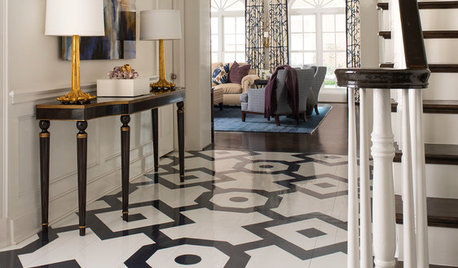
FLOORS6 Alternative Flooring Ideas to Kick Up Your Style
Rubber, cork, concrete and other materials are worthy options in lieu of hardwood or tile
Full Story
FLOORS5 Benefits to Concrete Floors for Everyday Living
Get low-maintenance home flooring that creates high impact and works with home styles from traditional to modern
Full Story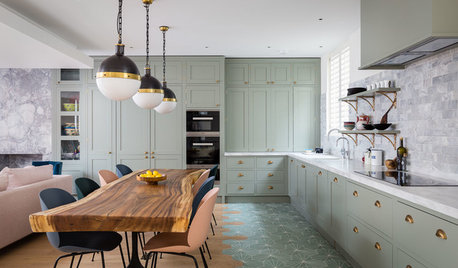
KITCHEN DESIGN13 Alternatives to Plain Wood Flooring in the Kitchen
Graphic patterns, surprising transitions and unexpected materials make these kitchen floors stand out
Full Story
REMODELING GUIDESWhen to Use Engineered Wood Floors
See why an engineered wood floor could be your best choice (and no one will know but you)
Full Story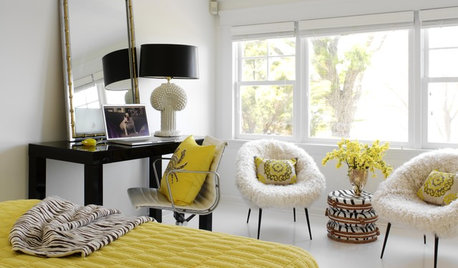
BEDROOMSIdeabook 911: Desks in the Bedroom — Yea or Nay?
Does a Desk Belong in Your Sleeping Quarters? 14 Reasons to Say Yes
Full Story
BATHROOM DESIGNWarm Up Your Bathroom With Heated Floors
If your bathroom floor is leaving you cold, try warming up to an electric heating system
Full Story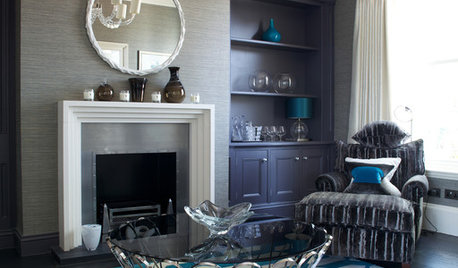
FLOORSDrama’s Afoot With Striking Black Floors
Be bold. Be brave. Drench your floors in black for a memorable interior scene
Full Story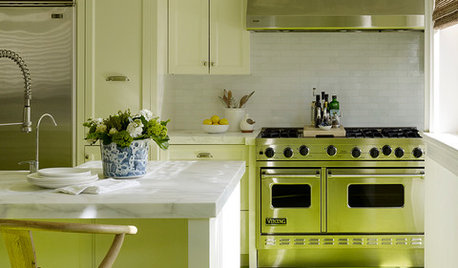
KITCHEN DESIGNEye-Catching Colors for Your Kitchen Floor
Revitalize a tired wooden floor with a paint or stain in an unexpected color
Full Story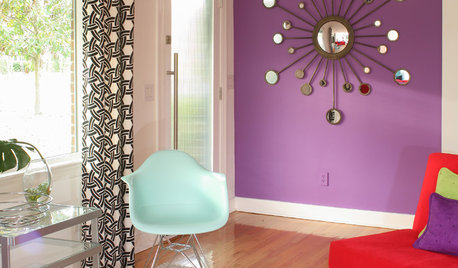
COLORBest Ways to Use Radiant Orchid, Pantone's Color of 2014
Learn how to work in this bold fuchsia-pink-purple successfully around the home, and give it a yay or nay in the Houzz poll
Full Story
REMODELING GUIDES11 Reasons to Love Wall-to-Wall Carpeting Again
Is it time to kick the hard stuff? Your feet, wallet and downstairs neighbors may be nodding
Full Story





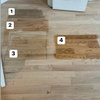
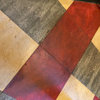
Design & Build . . . by Roger Perron, Inc.